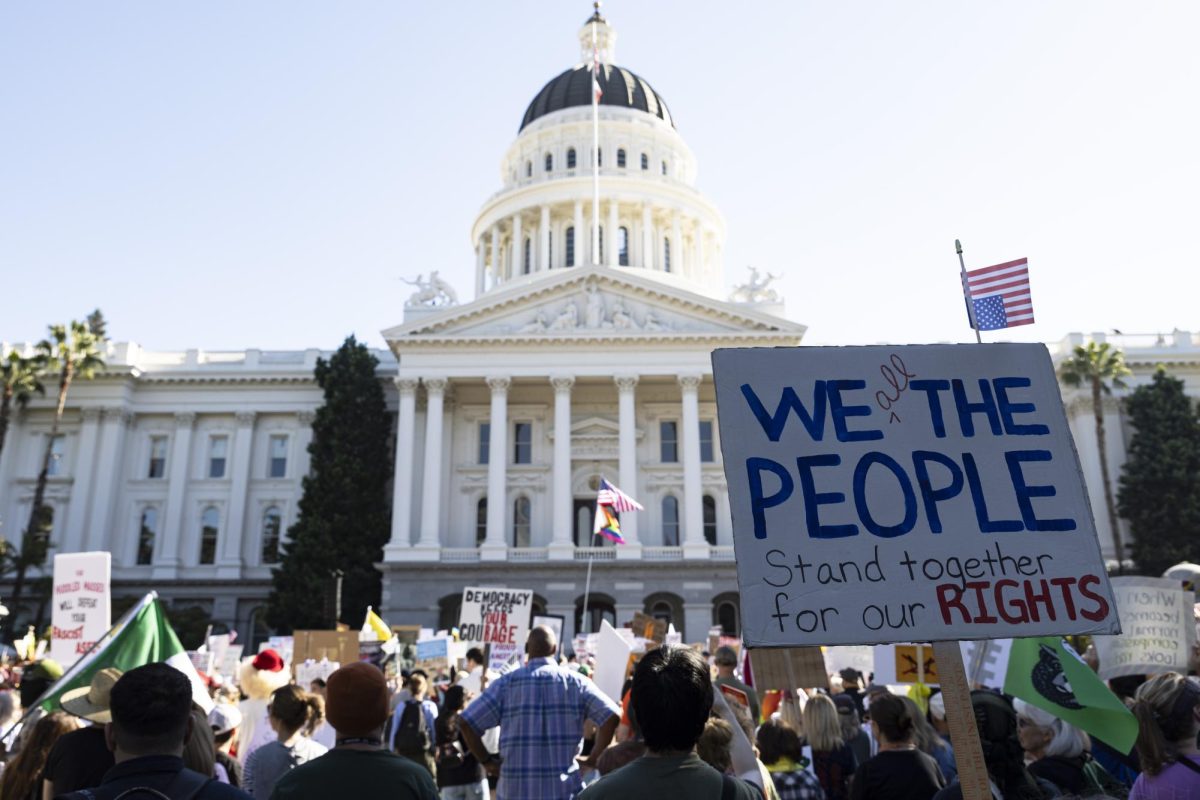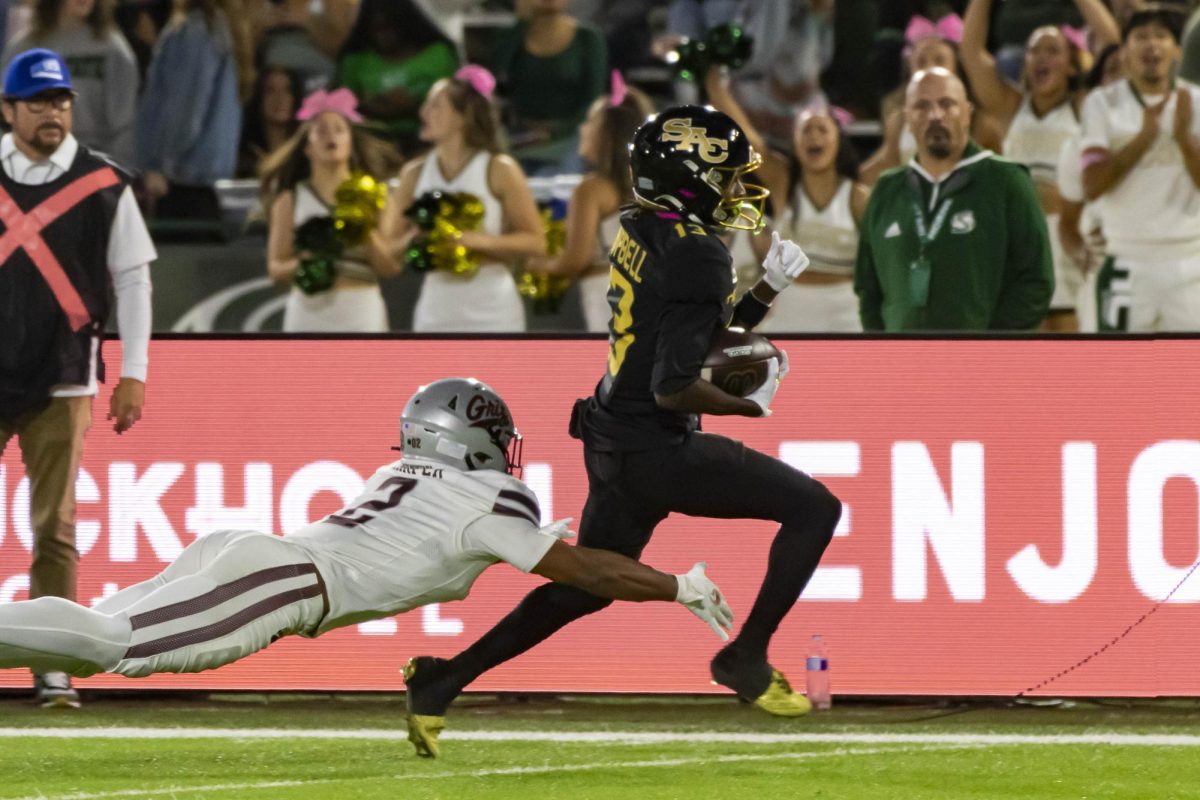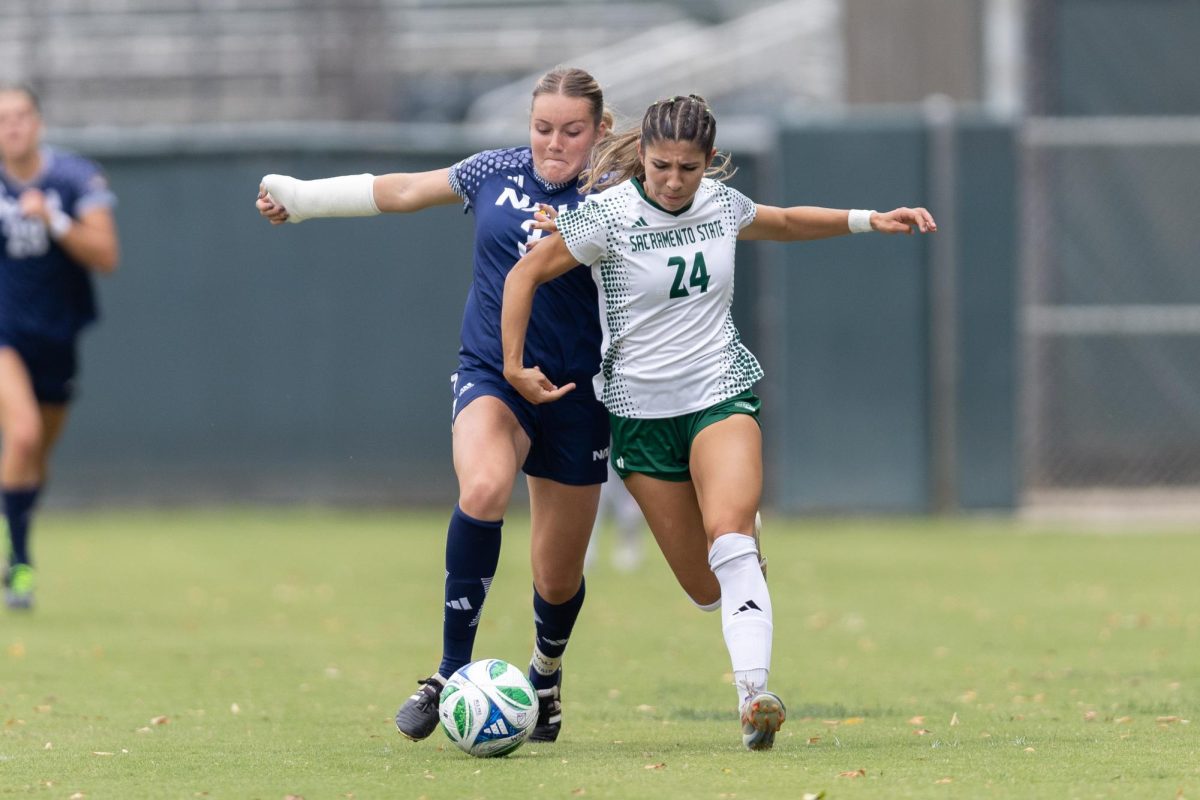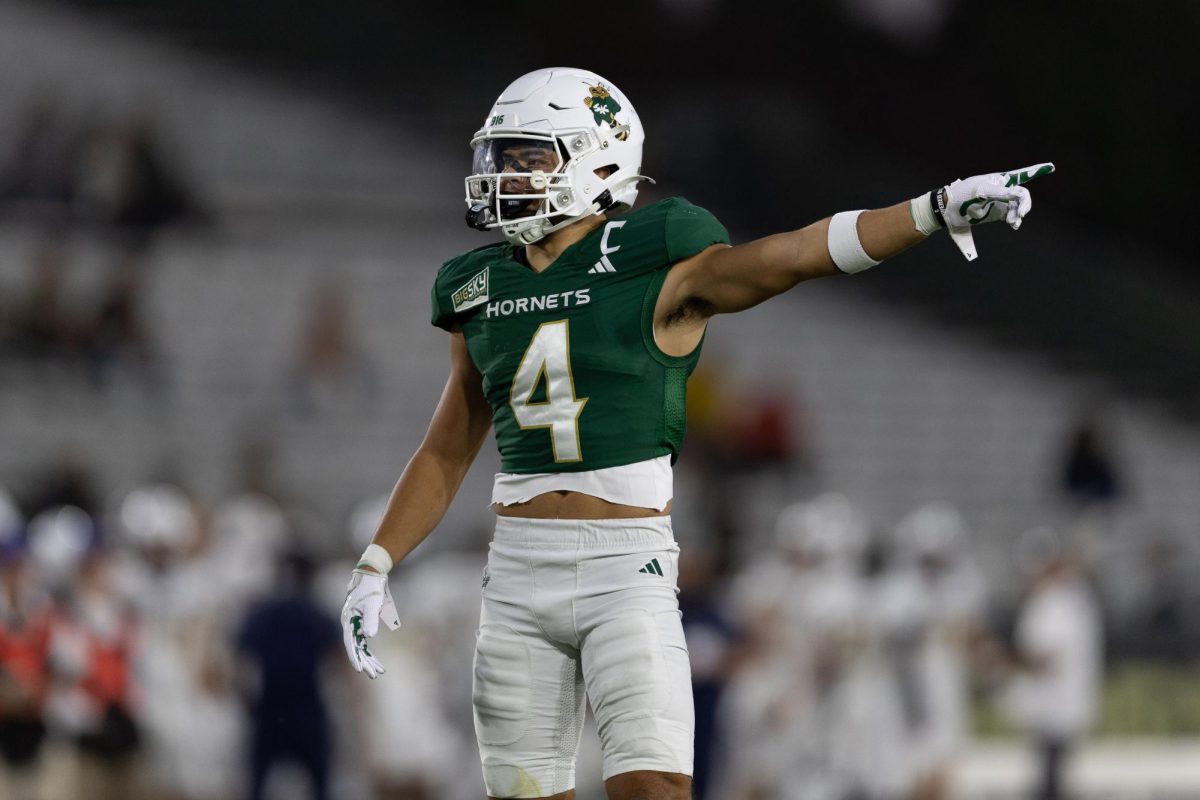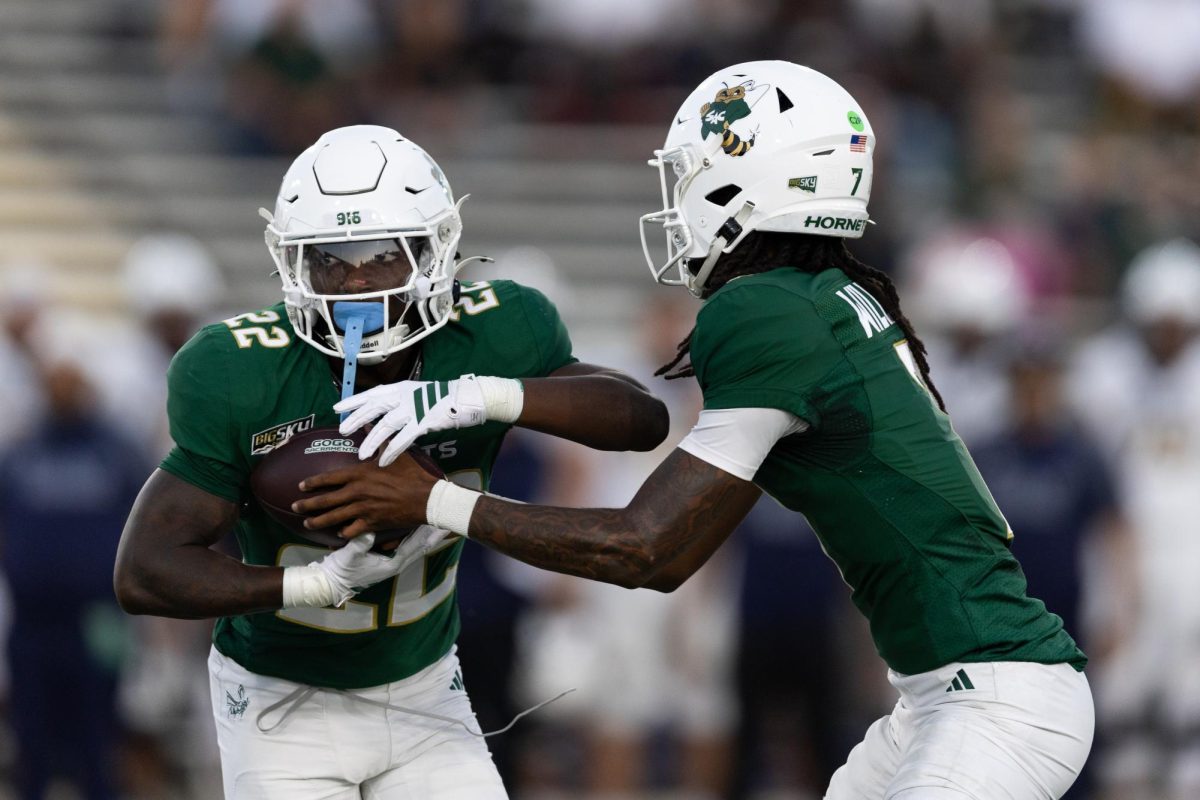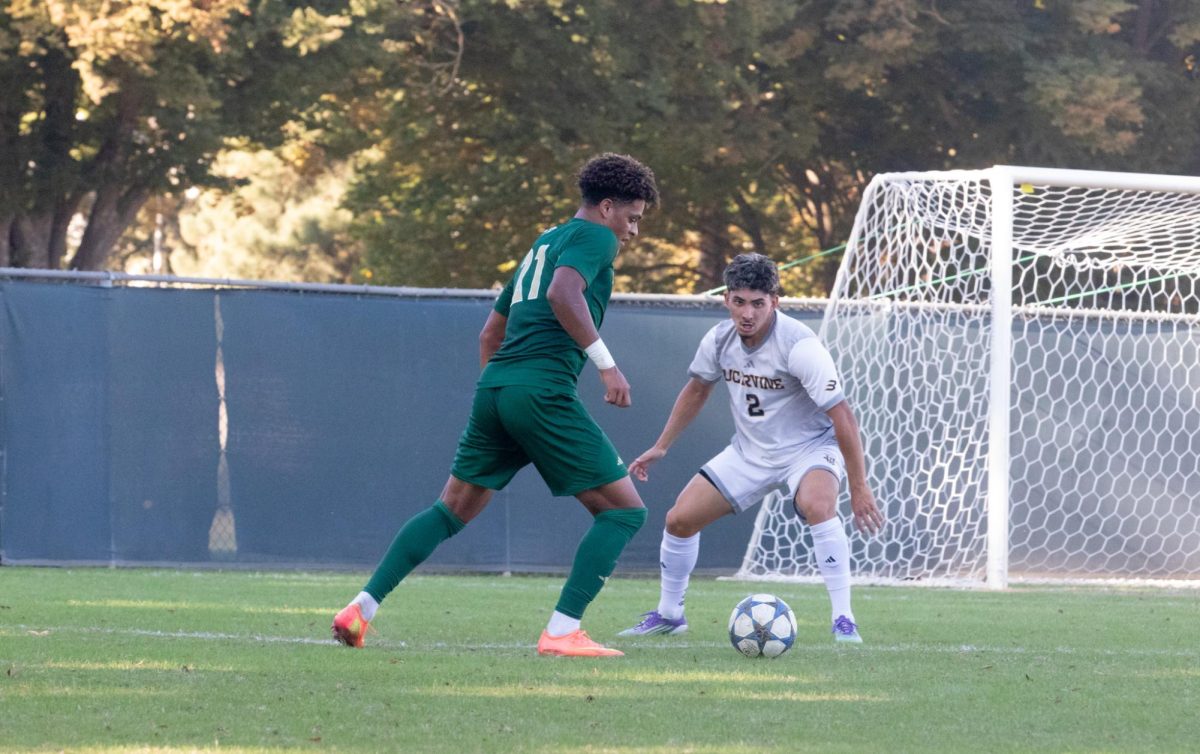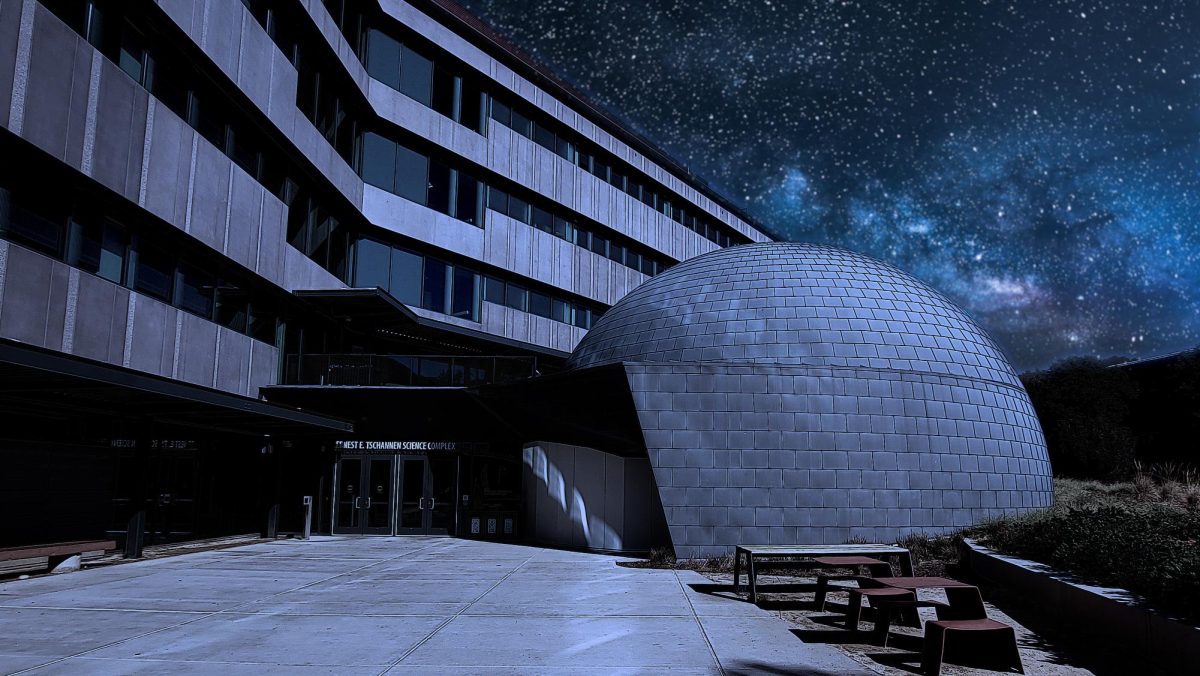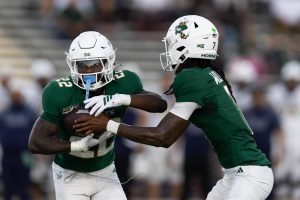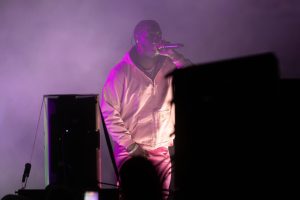Campus under scrutiny for inadequate access
February 6, 2001
For many students, a crack in the cement or a bump in the road may not mean much, but for nearly 30 wheelchair users on campus, these minor obstacles can turn dangerous and could hinder their right to school services.
Gabe Griffith, who heads the cause for disabled students on campus, said that the problems at Sacramento State could ultimately lead the school toward similar legal problems suffered at the San Francisco State campus.
“I would not be surprised to see students on this campus get together and file a lawsuit,” Griffith said.
Kristin Kaggerud, Disabled Students Union member and newly appointed member of the University Committee for Persons with Disabilities, said that many of the accessibility problems on campus pose a serious threat to disabled students.
“I don?t know if the problems are against any regulations, but it?s a pain,” said Kaggerud, who uses a wheelchair. “I actually flipped my chair one time.”
Concerns among disabled students are that entrance ramps into many of the buildings are too steep and dangerous, some bathrooms on campus have no disabled persons’ stall, classrooms are too crammed with desks to allow easy wheelchair access, and there is an inadequate number of push-button automatic doors.
According to Kaggerud, the damage to the ramp outside Yosemite Hall is just one area that has caused many accidents, especially during the fall and winter months.
“The ground is sometimes covered with leaves or debris this time of year, so you can’t see the damage until you hit it,” she said.
One specific phrase in the Americans with Disabilities Act assures that “full and equal enjoyment of facilities, services, advantages, and privileges” will be provided to the disabled in an integrated setting with the intent to eliminate any segregated services.
Despite a compliance deadline set for 1995, the school has still not met the requirements that the ADA imposed back in 1992, according to Patricia Sonntag, director of Services to Students with Disabilities.
“We’ve got problems all over campus. Every single building has something wrong with it,” Sonntag said.
Howard Harris, associate vice president of Facilities Management and 19-year veteran of building maintenance service to Sac State, said that despite some of the barriers that remain on campus, he has never been opposed to making the buildings more accessible for disabled students.
” We determine projects by what is most needed. We have a limited amount of money we get every year and we prioritize the projects around that,” Harris said.
A Sac State data report from July of 2000 revealed that Lassen Hall, Placer Hall, Solano Hall, University Union, and the weight training facility were buildings that had been built or remodeled after the barrier removal requirements of 1992.
Sonntag, who has worked at the Sac State campus for over twenty years, said that many of these were on the original 1993 list of buildings that required barrier removal, yet they still have problems.
“These are problems that should be taken care of upon construction or remodeling of the buildings, not after the fact,” Sonntag said.
According to Harris, the project recently undertaken at the library to replace older doors with new automatically sliding doors was not even a requirement under ADA regulations, yet was still necessary to improve wheelchair accessibility to those services.
” Certainly we would like to have more money, but I think we?ve tried to make good progress,” he said.




